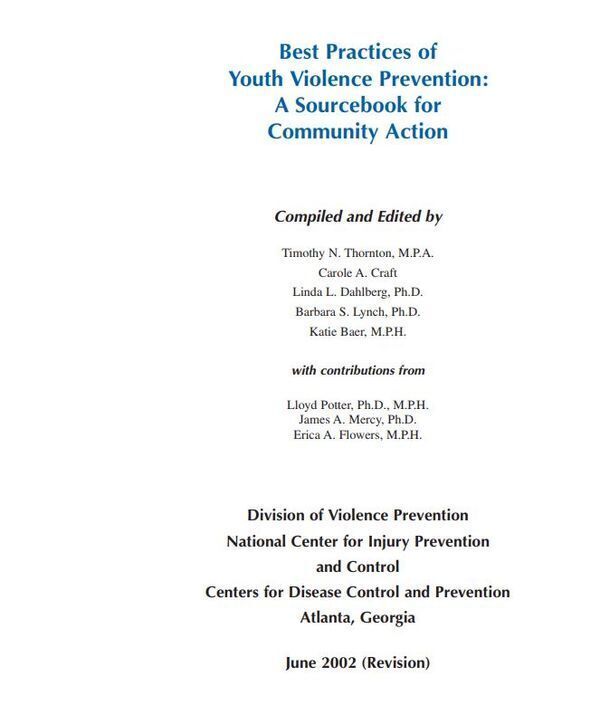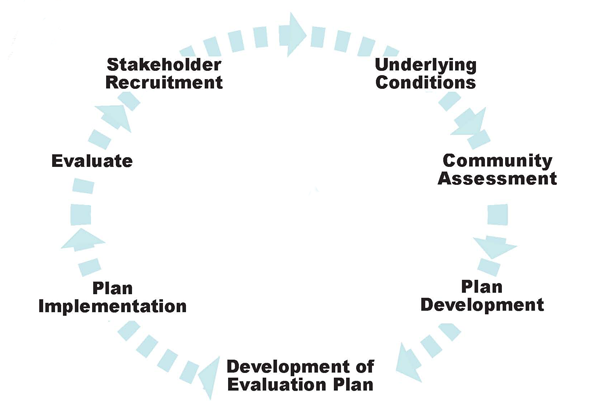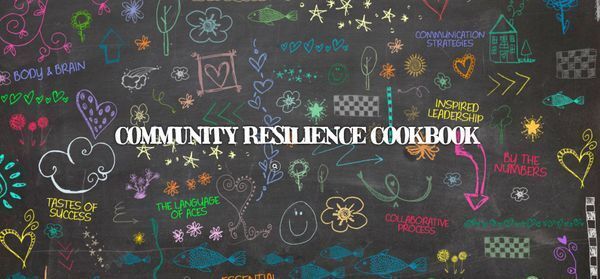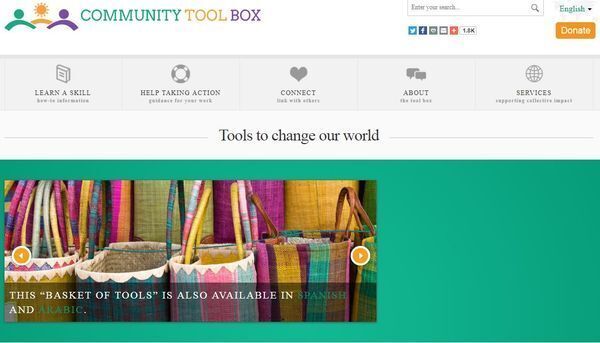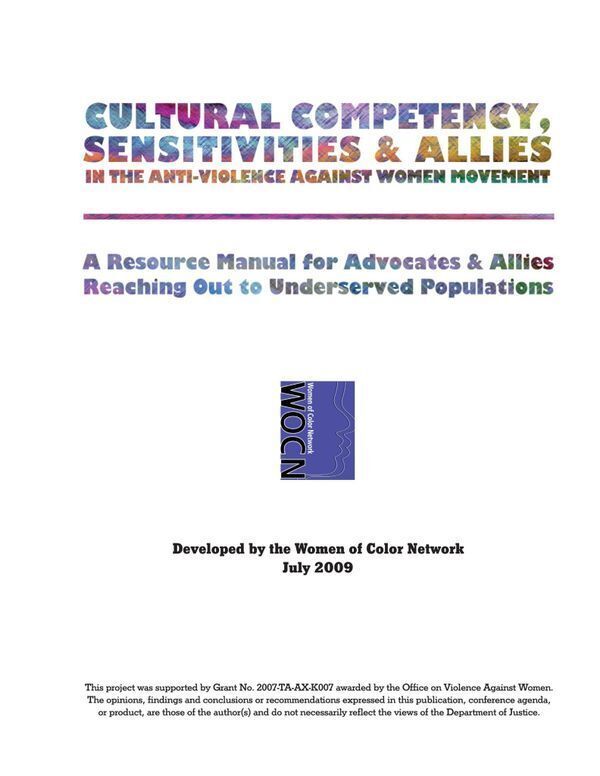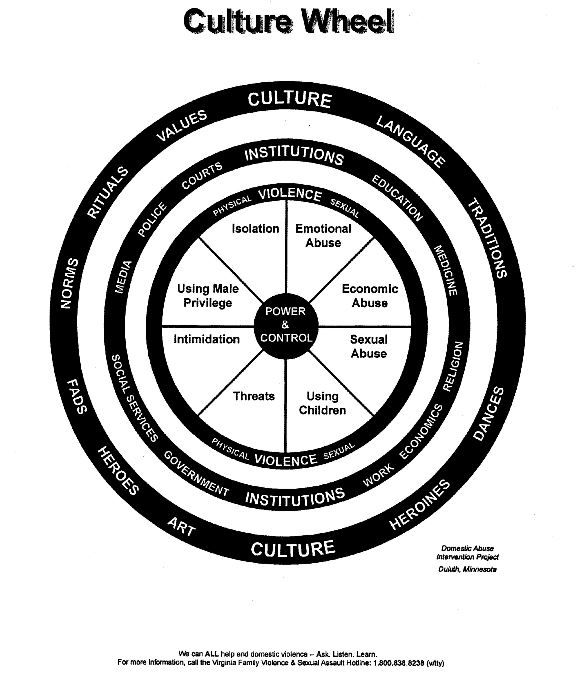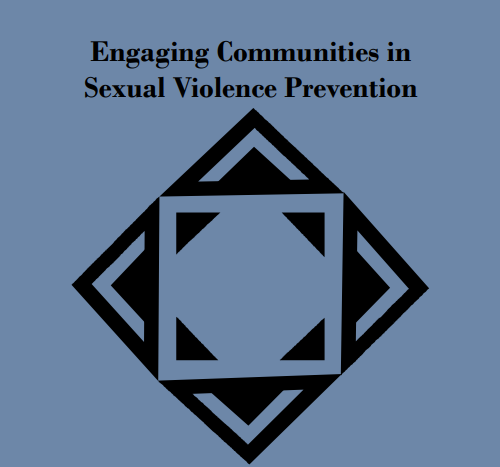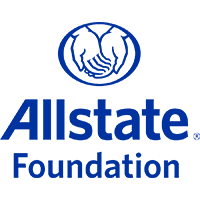-
We see it on the nightly news, read about it in the newspaper, hear about it from our children, and witness it firsthand—young people getting in fistfights and shoot-outs in our neighborhoods, in shopping malls, on the playground, and in school. It’s disturbing and frightening, both for our nation’s youth and for society as a whole. If you’ve wanted to do something to stop this violence, then Best Practices of Youth Violence Prevention: A Sourcebook for Community Action is for you. This sourcebook places at your fingertips the best knowledge available about several strategies designed to prevent youth violence. These strategies are among those with the strongest evidence base for reducing youth violence. (Thornton TN, Craft CA, Dahlberg LL, Lynch BS & Baer K.)
-
This tip sheet explains why bystander intervention is important and includes strategies on how to intervene.
-
The community development process emphasizes the importance of engaging community stakeholders in the work to end sexual violence. Community development work begins differently than traditional education and prevention work. Traditionally we think about what information we want to present to people in our communities and then make every effort to "get into" the places we think will be open to us. The community development approach is a broader way to look at the work and to expand opportunities and support for sexual assault prevention.
-
The Community Resilience Cookbook is a compilation of lessons learned and an interactive tool. Based on fostering "collective impact" this resource is an excellent tool that can help to build resilient communities. It was created by the Health Federation of Philadelphia (HFP), with support from the Robert Wood Johnson Foundation (RWJF.) With “essential ingredients” for community engagement and a “recipe for resilience,” this resource offers useful insights and inspiration to mobilize diverse stakeholders to raise awareness about Adverse Childhood Experience (ACES) and ideas for action to prevent the long term effects of early trauma.
-
The Community Tool Box is a free, online resource for those working to build healthier communities and bring about social change. It offers thousands of pages of tips and tools for taking action in communities. Want to learn about community assessment, planning, intervention, evaluation, advocacy, and other aspects of community practice? Then help yourself to over 300 educational modules and other free tools. Under continuous development since 1994, the Community Tool Box is widely used in teaching, training, and technical support. Currently available in English, Spanish, and Arabic and with millions of user sessions annually, it has reached those working in over 230 countries around the world. (Work Group for Community Health and Development at the University of Kansas).
-
This eight-chapter manual was developed by WOCN, Inc. staff, advisors and national partners and is intended as a tool for advocates and staff working at Office of Violence Against Women (OVW) funded organizations and community-based advocates seeking to enhance their services to underserved populations.
-
The Culture Wheel is a visual representation of how cultural norms, values, and institutions reinforce violence against women.
By examining the many ways society reinforces the use of power and control, those using the wheel can identify actions that might be taken on personal, cultural and institutional levels to end the tolerance of battering. -
This information packet provides a series of documents on bystander intervention, including current research, resources, and examples of bystander programs. It includes resources for sexual assault advocates and preventionists, as well as community members.
-
The following guidebook is meant to serve as a tool for communities and individuals who are beginning the process of planning for community-based primary prevention of sexual violence.


